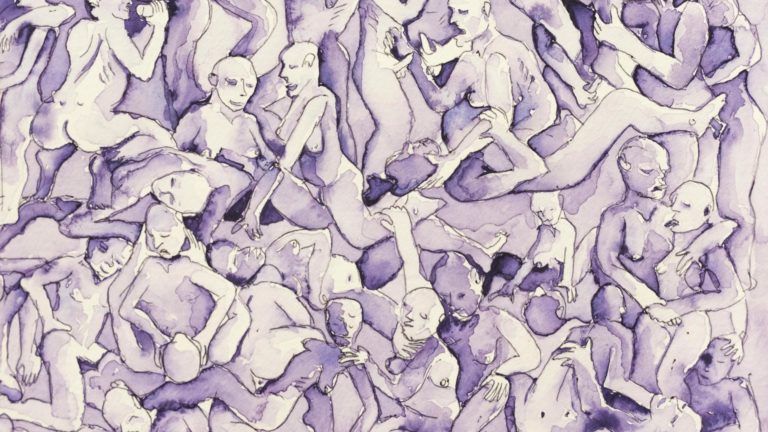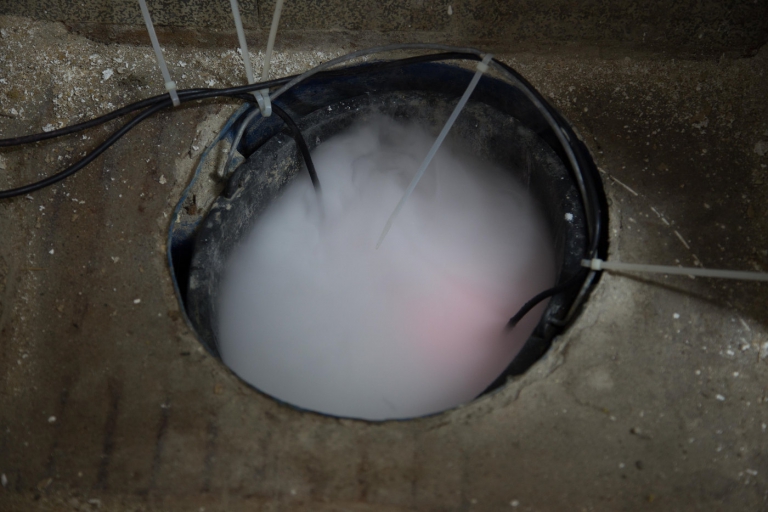Artists: Christine Sun Kim & Thomas Mader
Exhibition title: Attention
Curated by: Lena von Geyso
In cooperation with: rasso rottenfusser
Venue: Kunstraum München, Munich, Germany
Date: September 10 – October 23, 2022
Photography: All images copyright of Thomas Splett and Kunstraum München
In drawing, performance, sound pieces, and video, Christine Sun Kim & Thomas Mader’s collaborative artistic practice addresses complex processes of communication, social inclusion and exclusion, sign language’s relationship to spoken language, power structures inherent in grammar, and the expanded possibilities of understanding.
For Kunstraum München, Kim & Mader are developing an extensive installation that explores the ways in which attention in physical and digital spaces can be received and directed by Deaf and hearing people. Gesturing and signing are not the same. Only about one-third of the hand motions in sign language are “iconic,” i.e., their movements correspond to their meanings. Besides signs articulated by hand configurations and directional movements, additional meanings and the coordination of grammar are modulated by facial expressions, mouth, head, and body movements. Furthermore, neither the vocabulary nor grammar of sign language is universal.
In American Sign Language (ASL) the most common way to attract attention from another person is by waving downwards with the palm and tapping in their field of vision; the opposite of this hand motion is to point a finger at someone or something. When you wave your hand at someone, you get their attention; when you point your finger at someone, you draw someone else’s attention to that person.
Based on these vocabularies, Kim & Mader’s expansive kinetic arrangement is a choreography that makes the semantics of American Sign Language palpable, both spatially and physically, and extends their meanings to include a state of perpetual attention seeking in contemporary media societies.
On one side of the exhibition space, a long arm with one hand performs the waving/tapping motion while on the other side, a hand with an equally long arm performs the pointing. The centerpiece of this search for attention is a rock sculpture set in the middle of the room. Both of the hands work on the stone, want its attention, and draw the attention of others to it.
The spatially translated semantics of ASL are thus expanded to include the ongoing quest for attention which is apparent in contemporary media societies. This constant societal need for resonance on social media shows up on the stone as erosion: the individual movements of the hands have left a deep notch on one of its sides and polished the other side smooth. The stone—in this case, tufa from Polling—is borrowed from the local environment of the exhibition site. If digital images of the installation are infinitely reproducible on a mass scale without showing traces of “decay,” it is the so-called “here and now” in the sense of Walter Benjamin that applies here.


























